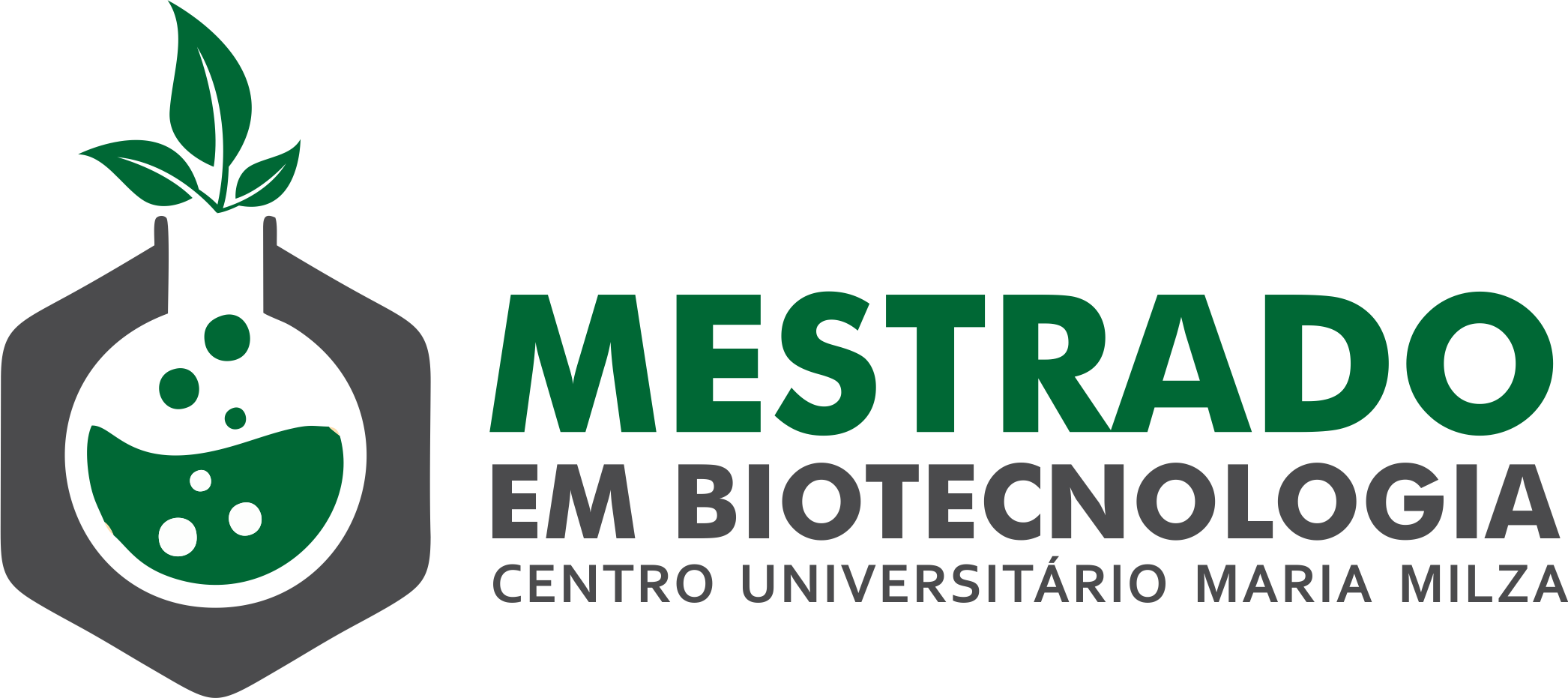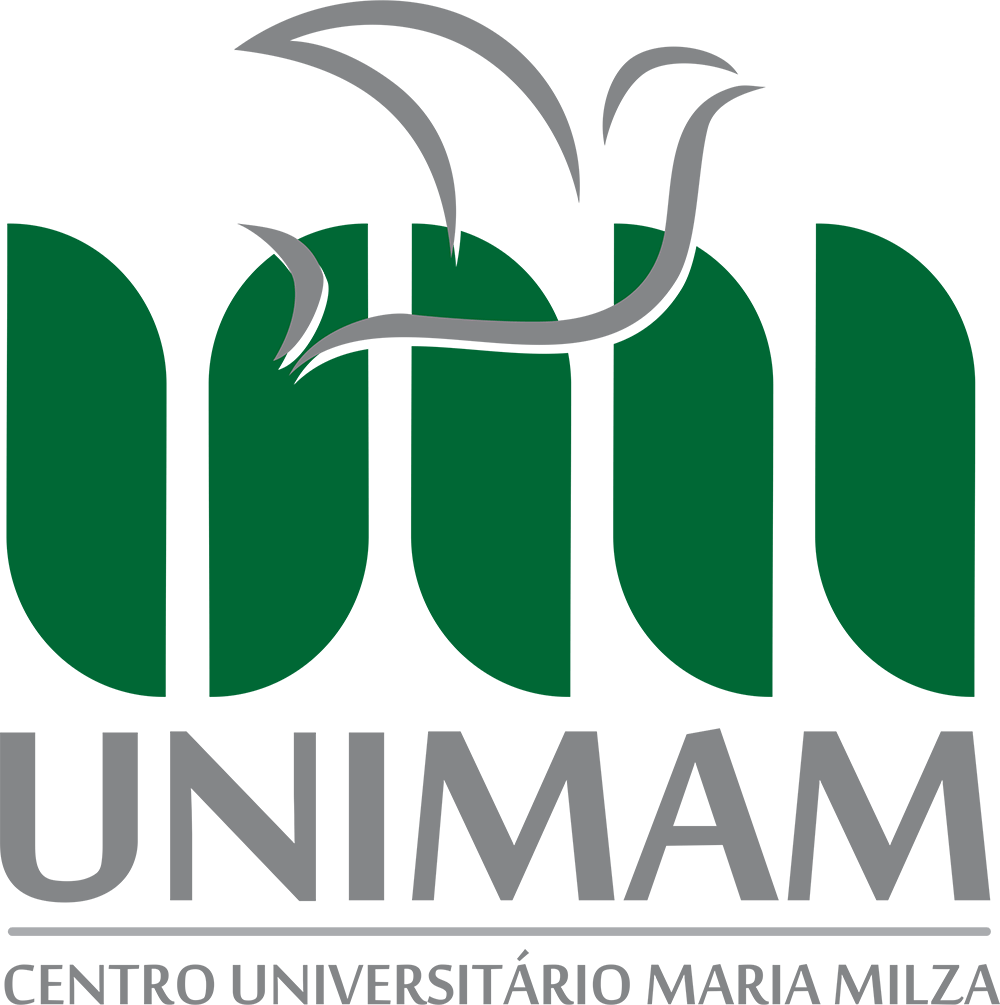Atividades Fitoquímicas de Crescentia cujete L: Uma revisão
DOI:
https://doi.org/10.22479/texturav17n1p83-97Parole chiave:
Crescentia cujete, secondary compounds, bioactivityAbstract
O gênero Crescentia é pertencente à família Bignoniaceae, e é caracterizado por apresentar árvores de porte pequeno a médio, com galhos ramificados que juntos formam uma copa aberta. A espécie Crescentia cujete apresenta diversas propriedades farmacológicas e seu uso sem que haja estudos toxicológicos é recorrente. Na medicina popular é utilizada como antioxidante, citotóxica, antiplasmodial, antibacteriana, antiinflamatória, fungicida e inseticida. O presente estudo tem como objetivo apresentar por meio de uma revisão de literatura as principais partes de C. cujete utilizadas para a obtenção de compostos secundários, bem como sua atividade biológica e toxicológica. A partir dos critérios de inclusão e exclusão foram selecionados 18 estudos, na língua inglesa, portuguesa e espanhola, que obtinham as partes utilizadas, os metabólitos secundários, atividade biológica e sua toxicidade. Referente às partes utilizadas de C. cujete, o fruto foi o que apresentou mais percentual, equivalente a 60,0% dos estudos, houve também a presença de atividade contra alguns microorganismos. Conclui-se que a presença de fitoquímicos de C. cujete trás muitos benefícios para saúde humana e animal, porém é importante lembrar que toda planta apresenta alguma toxicidade em determinada dosagem, devendo ser utilizada de maneira cautelosa e sob prescrição.
Downloads
Downloads
Pubblicato
Come citare
Fascicolo
Sezione
Licenza
Os autores concedem direitos autorais sobre manuscrito aprovado com exclusividade de publicação para Revista Textura em formato eletrônico, incluindo imagens e conteúdo para divulgação do artigo, inclusive nas redes sociais da Revista Textura.











